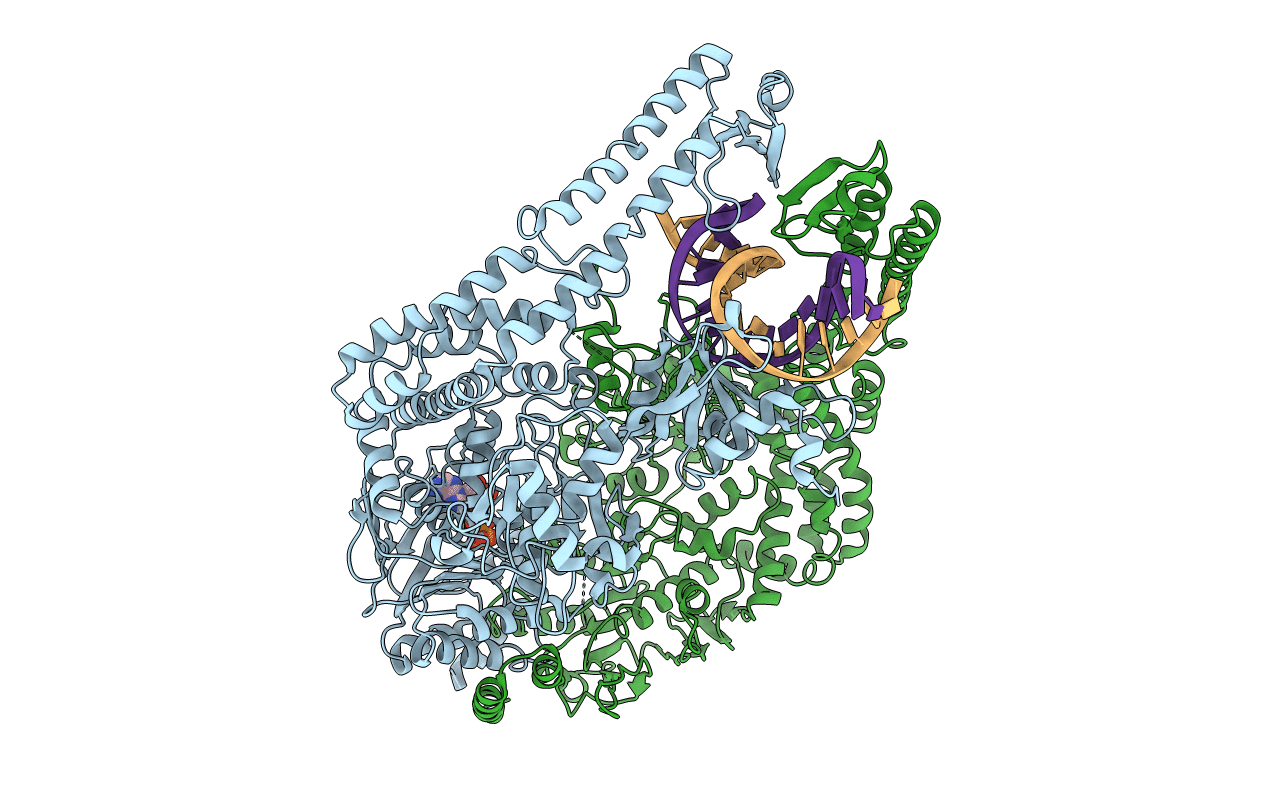
Deposition Date
2009-09-22
Release Date
2010-02-09
Last Version Date
2023-12-20
Entry Detail
PDB ID:
2WTU
Keywords:
Title:
Crystal structure of Escherichia coli MutS in complex with a 16 basepair oligo containing an A.A mismatch.
Biological Source:
Source Organism:
Escherichia coli (Taxon ID: 562)
synthetic construct (Taxon ID: 32630)
synthetic construct (Taxon ID: 32630)
Host Organism:
Method Details:
Experimental Method:
Resolution:
3.40 Å
R-Value Free:
0.26
R-Value Work:
0.20
R-Value Observed:
0.20
Space Group:
P 21 21 21


